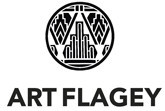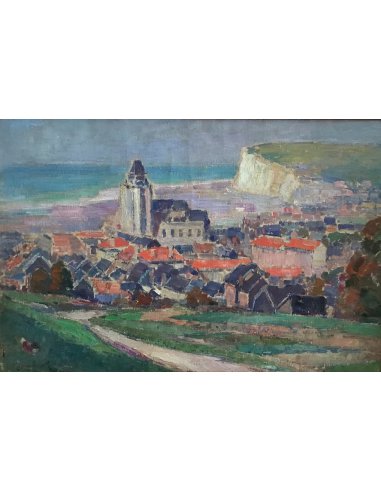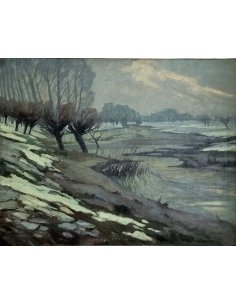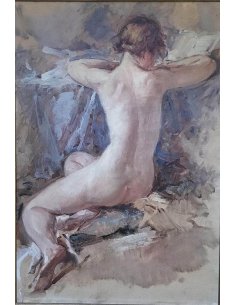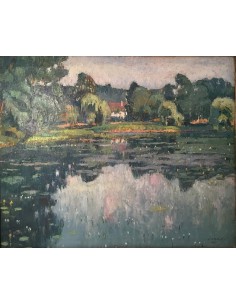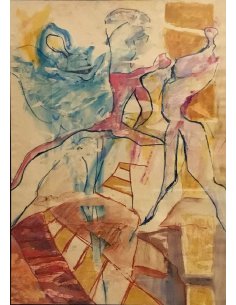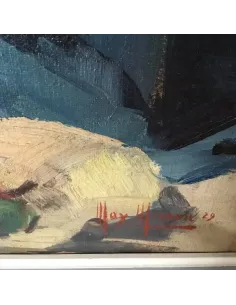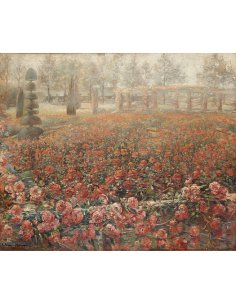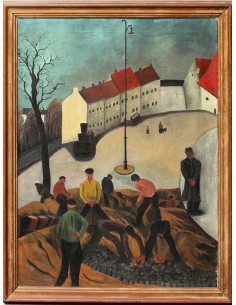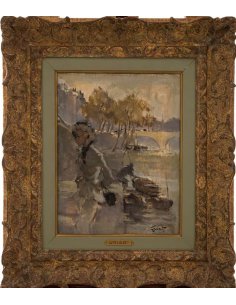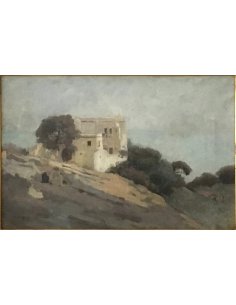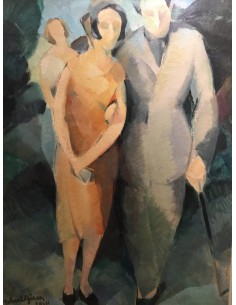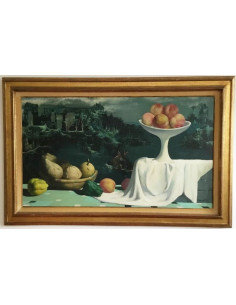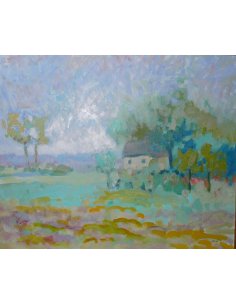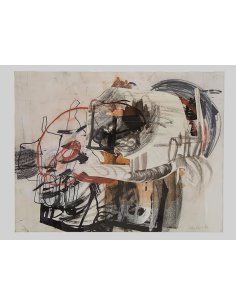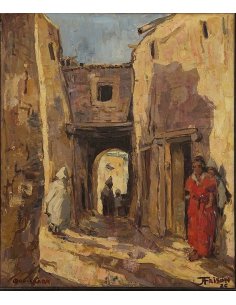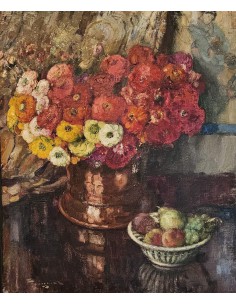Maurice Blieck's oil painting depicts a picturesque view of a coastal town overlooking a striking white cliff. A church stands at the center, surrounded by red roofs and green fields. The composition combines geometric clarity with vibrant color.
The painting is undated, but its style and brushwork can be attributed to Late Impressionism or Post-Impressionism, circa 1905–1920. Given Blieck's death in 1922, a date of approximately 1910–1920 is likely.
The original wooden frame, with its egg-and-dart relief and gilded moldings, also dates from this period. Typical of late Historicism and early Art Nouveau, it emphasizes the depth of the image and lends the work a stately presence. Its craftsmanship and original condition make it a valuable companion to the painting.
About the artist: Maurice Blieck (1872–1922)
Maurice Blieck was a Belgian painter known for his landscapes and cityscapes. He studied at the Académie Royale des Beaux-Arts in Brussels and lived for periods in Paris and London. Later, he worked at the Rouge-Cloître near Brussels. As a member of the artists' group Le Sillon, Blieck combined artistic expression with social activism. He is considered a representative of Belgian Luminism, influenced by French Impressionism. His works demonstrate an exceptional ability to capture light and atmosphere—especially in his coastal and urban landscapes.
Today, paintings by Maurice Blieck are among the most sought-after collector's items of early modernism in Belgium.
